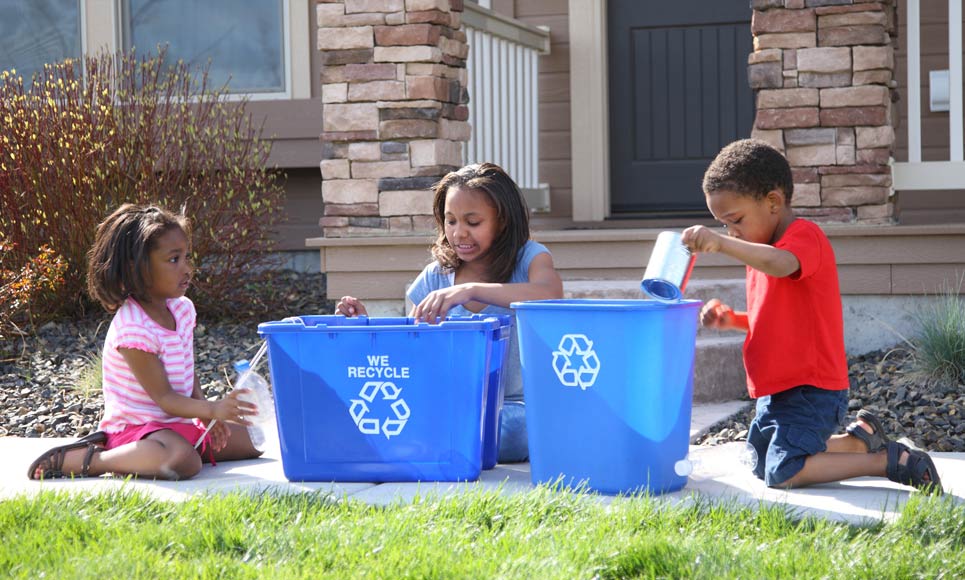Like the sun rises in the East and sets in the West, Earth Day dependably falls on April 22 year in, year out. This year’s celebration, Earth Day 2025, marks the 45th Earth Day to date. Going back in time, the first Earth Day, back in 1970, marked the early stirrings of environmental consciousness in the United States. Once the notion took hold, this flowering of the green mindset extended to the world at large.
Still in the thick of Vietnam and the Cold War, a spirit of freedom and rebellion had burst forth. A year after Woodstock, hair still flowed long and straight and anti-war protestors proliferated. The year that ushered in Earth Day saw the death of Jimi Hendrix, the Ohio National Guard shooting of four students at Kent State University, and the Nixon administration’s military incursion into Cambodia. Protestors converged on the nation’s capitol, 100,000 of them, to cry out.
Protest against the Establishment and the War were the order of the day. But no one thought to protest against the effects of a prosperous nation on the environment. Big cars guzzled gas, subsequently spewing poisonous emissions into the air, and the world was still. The pollutants of industry poisoned sweet water, murdering marine and plant life, and the world was quiet.
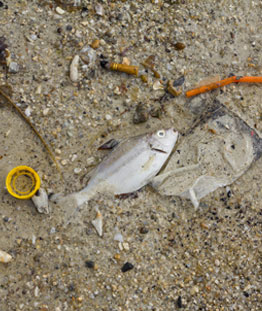
Novelist Rachel Carson had noticed the unremarked destruction of the ecology and wrote a book on the topic, Silent Spring. The novel, published in 1962, sold over 500,000 copies during the 31 months it stayed on the New York Times bestseller list. Focused on the effects of pesticides on birds and the environment, Carson stated, “Practical advice should be ‘Spray as little as you possibly can’ rather than ‘Spray to the limit of your capacity.’”
Maybe it was the title of the book that captured public attention—the title was inspired by Ms. Carson’s image of a world in which birds were silenced at the hand of man’s indiscriminate use of pesticides. Or perhaps it was just time for the world to wake up to the result of years of pollution on the environment. In any event, there can be little doubt that Ms. Carson’s work, more than anything else, brought the world to a state of environmental awareness.
Despite this new awareness, it would be 8 more years before the protestors diverted their energy to the cause in any organized form. That form took shape as Earth Day 1970.
At last, the aroused consciousness of the era was channeled toward saving the world for the next generation. The energy and the spirit of rebellion brought about by the Vietnam War now infused the fight for preserving our ecology. Rachel Carson’s book started the conversation, but it was a U.S. senator from Wisconsin, Gaylord Nelson, who germinated the idea for Earth Day.
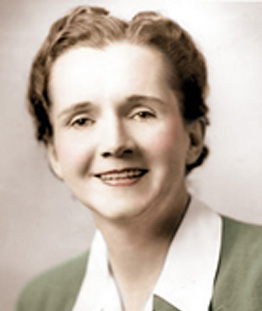
Gaylord Nelson, the founder of Earth Day, came to environmental awareness after witnessing the staggering devastation wrought by the monumental 1969 oil spill in Santa Barbara, California. So struck was he by the aftereffects of the accident that he spent much time thinking about what could be done to prevent a reoccurrence. Noting the energy of the Anti-War Movement, he realized that if he could awaken the protestors to the dangers of water and air pollution, he might have a winning formula for awakening the public to the issue of environmental protection. Once this was accomplished, the ecology would gain a leg up onto the nation’s political agenda.
To that end, Senator Nelson held a press conference in which he announced a novel idea: a “national teach-in on the environment.” He reeled in a Republican Congressman, Pete McCloskey, as his co-chair, knowing that McCloskey had an interest in conservation. He also persuaded Denis Hayes to serve as national coordinator for the teach-in. Hayes got to work, enlisting 85 people from around the country to serve as his staff. These 85 staff members designed and promoted events for the teach-in, all over the United States.
The result of Nelson’s initiative was the first Earth Day on April 22, in 1970. Twenty million Americans held events in and out of doors all over the nation to demonstrate on behalf of the preservation of our environment. The spirit of protest in higher learning institutions that had so pervaded the 1960’s, now rose once more, this time in protest over pollution and its devastation to the land and to wildlife.
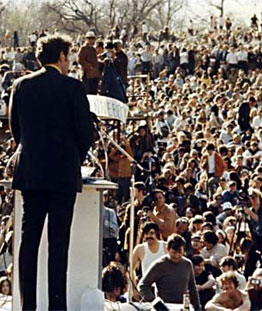
Gaylord Nelson is the undisputed leader of the nascent twentieth century movement for the preservation and sustenance of the environment. Nelson was also a leading figure in the fight against social injustice during this time. Nurtured on the progressive values of his native state, Wisconsin, and raised in an atmosphere of New Deal liberalism, Nelson believed that ordinary citizens had the power to make positive changes in society. At the same time, the future senator believed that the role of government was to protect and promote the public good.
Born in 1916 in Wisconsin’s North Woods, Gaylord Nelson loved the beauty of his native land and the progressive platform of Wisconsin Senator Bob LaFollette, also known by his moniker, “Fighting Bob.” Gaylord studied law at the University of Wisconsin, took time out to fight for his country during World War II, and then returned to Wisconsin, specifically to the state capital, Madison, where he dedicated himself to revitalizing the gasping corpse of Wisconsin’s defunct Democratic Party.
Nelson had good timing. Progressives were leaving the Republican Party in droves due to the effects of McCarthyism. The budding politician welcomed them into his coalition, which had been formed around liberal ideals that would use state resources and power toward fixing both economic and social issues.
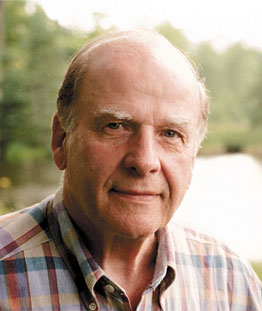
Nelson ran on a platform of rehabilitating and beautifying state parks, ending the despoiling of public resources by private industry, and cleaning up waterways throughout the state. Wisconsin residents liked his vision and elected him twice to the office of governor. During his time as Wisconsin governor, Nelson generated levels of support, heretofore unseen, in generating funds for health care, unemployment, education, highway construction, and both rural and urban development.
None of this, however, contributed to his assuming the mantle of “conservation governor.” That title was earned as a result of bringing efficiency to an overlarge bureaucratic machine which he neatly concentrated into one department, the Department of Resource Development. Under the auspices of this department, Nelson founded his Youth Conservation Corps which created green employment for more than 1,000 unemployed youths. Even more remarkable, Nelson won a battle to set aside $50 million in state monies for the creation in 1961 of his Outdoor Recreation Action Program (ORAP) for the acquisition of land for conversion as state parks and wilderness preserves. So popular were these early conservation efforts that Nelson was thrust into the role of Wisconsin senator in 1962.
ORAP continued to gain momentum long after Nelson had left the governorship. By 1981, $93 million had been spent by ORAP on pollution control measures, land and wildlife conservation, and recreation. No other American political figure had ever put this much effort into the planning of natural resources. It was ORAP that propelled Nelson into the limelight as a leader in environmental causes.
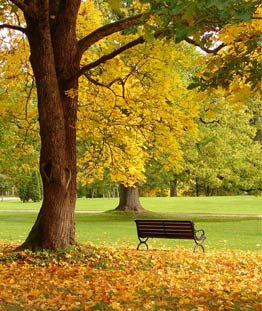
Once in Washington, D.C., Nelson spurred President Kennedy into taking a tour of the country to note the state of the environment and the paucity of conservation efforts. Under President Johnson, Nelson spearheaded the fight for Civil Rights legislation, and battled destitution in the War on Poverty. The Senator saw all these issues as coming under one umbrella. "Environment is all of America and its problems. It is rats in the ghetto. It is a hungry child in a land of affluence. It is housing not worthy of the name; neighborhoods not fit to inhabit."
The post World War II era was a time of American prosperity. Gaylord Nelson, however, never lost sight of those less fortunate. He also noted the cost of burgeoning industry and its attendant technological boom. Once he became a senator, he managed to help bring to fruition many liberal reforms, but failed to make an impression on his political colleagues regarding the environment and the protection thereof.
Nelson managed to create and influence through programs such as Operation Mainstream which put millions of dollars toward the promotion of green jobs and job training for the needy and for seniors under the auspices of the Green Thumb project. But in his early days in Washington, Nelson had an uphill battle getting his colleagues to care about the ecology. He was a vocal presence in the Anti-War movement, believing that defense spending for a failed effort in Vietnam diverted funds and attention away from crises closer to home.
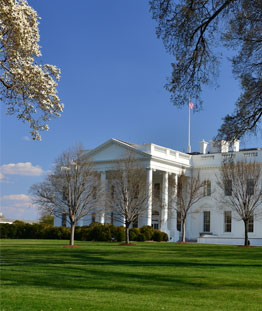
Remembering that every man has power in a democracy, Nelson brought his campaign to the people, instead. He knew that if he could summon the support of the public, politicians would be forced to get involved in order to maintain favor among their constituencies. Nelson used what tools were at his disposal: the spirit and energy that pervaded those times that saw the Vietnam War, Flower Power, the Civil Rights Movement, and Feminism. It was a time of unrest, but a time, as well, of vibrant political and social spirit. This spirit was a commodity that could be made to sit up and take note of its surroundings.
That first Earth Day held April 22, 1970, was not the culmination of one man’s aspirations, but the beginning of a universal movement. The outpouring of activism on that date galvanized the American political machine, spurring Congress toward the creation of a number of significant legislative acts relating to the environment. Environmentalism became part of America’s vocabulary, thanks to Gaylord Nelson.
While Nelson had struggled to raise consciousness in Washington toward the environment, after that first Earth Day, he made great and significant headway in the creation of such environmental protection legislation as the Clean Water Acts; the National Wild and Scenic Rivers Act; the Clean Air Act; the Federal Pesticides Act; the Environmental Education Act; the Endangered Species Act; the Toxic Substances Control Act; and the Surface Mining Control and Reclamation Act. The Reagan era saw an end to Nelson’s political career in 1980. But the former senator continued to be active on behalf of the environment in his role as Counselor of the Wilderness Society, which he held until his death in 2005.
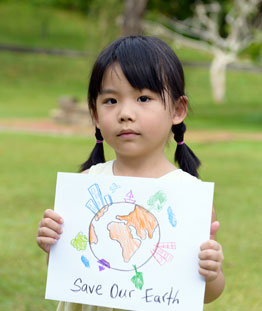
In 1995, Nelson was awarded the Presidential Medal of Freedom, the highest honor awarded to U.S. civilians. That year, on the 25th anniversary of Earth Day, Nelson continued to look forward. "The opportunity for a gradual but complete break with our destructive environmental history and a new beginning is at hand . . . I am optimistic that this generation will have the foresight and the will to begin the task of forging a sustainable society."
Of course, Nelson never lost sight of his belief that poverty and the environment were inextricably linked. "Our goal is not just an environment of clean air and water and scenic beauty. The objective is an environment of decency, quality and mutual respect for all other human being and all living creatures."
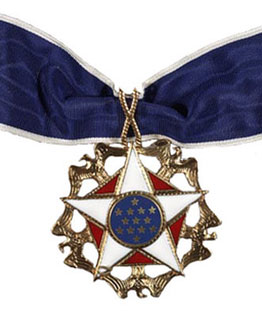
From the inception of Gaylord Nelson’s idea for an environmental teach-in, to that first Earth Day in 1970, seven months went by during which Nelson and his staff worked at a feverish pace to make it all come together. Earth Day 1970 was the largest ever demonstration in the history of the United States with 20 million Americans participating all over the country. In some cities, the gatherings were modest while in larger cities such as in New York and Philadelphia, the crowds gathered to celebrate the idea of environmental protection numbered in the tens of thousands. The participants came from every walk of life.
Nelson attended the Earth Day celebration in Denver, that first year, where he said, "Our goal is not just an environment of clean air and water and scenic beauty. The objective is an environment of decency, quality and mutual respect for all other human being and all living creatures.”
The concept of Earth Day was first announced at a Seattle press conference by Nelson during the fall of 1969. In an interview toward the end of his life, he recalled, "The wire services carried the story from coast to coast. The response was electric. It took off like gangbusters. Telegrams, letters and telephone inquiries poured in from all across the country. The American people finally had a forum to express its concern about what was happening to the land, rivers, lakes and air—and they did so with spectacular exuberance."
Nelson enlisted the assistance of fellow Wisconsinite Denis Hayes, an activist and the former president of Stanford University’s student body in organizing Earth Day. Hayes’ official title was Earth Day National Coordinator and his work consisted of mobilizing students to volunteer their time and resources toward making Earth Day happen. That first Earth Day was a grassroots effort from start to finish.
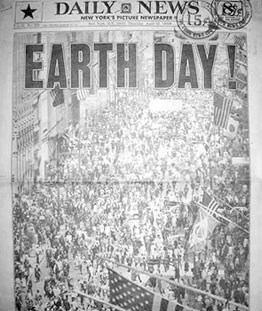
Nelson explained, "Earth Day worked because of the spontaneous response at the grassroots level. We had neither the time nor resources to organize 20 million demonstrators and the thousands of schools and local communities that participated. That was the remarkable thing about Earth Day. It organized itself."
That year, on that day, there were rallies in Chicago, Los Angeles, and Philadelphia. Mayor John Lindsay of New York City closed off a part of Fifth Avenue to traffic for a period of many hours. Lindsay himself spoke from Union Square along with such acting greats as Paul Newman and Ali McGraw. The festivities in Washington, D.C. included a performance by Pete Seeger while Congress took a recess so members could mingle with constituents at the various Earth Day events.
How effective was that first Earth Day in raising the consciousness of the American people about environmental issues? According to the Environmental Protection Agency (EPA), "Public opinion polls indicate that a permanent change in national priorities followed Earth Day 1970. When polled in May 1971, 25 percent of the U.S. public declared protecting the environment to be an important goal, a 2,500 percent increase over 1969."
In fact, the EPA itself was spawned, along with many other environmental initiatives, during the 1970’s as a direct result of Gaylord Nelson and that first Earth Day celebration. The EPA, developed in December of that same year, was given the task of protecting the people and the environment in which they live. Specifically, the EPA monitors and safeguards air, water, and land.
From the wild success of that very first celebration, Earth Day has continued to grow in numbers and significance. As of 1990, Earth Day is a global celebration. According to the Earth Day Network (EDN), a nonprofit organization responsible for coordinating Earth Day events, in 1990, 200 million people celebrated the day in over 140 countries.
Ten years on, Earth Day 2000 had clean energy as its theme with participants from 184 countries and some 5,000 environmental organizations. Activities for Earth Day 2000 included a Gabon, Africa walking, talking drum chain and a crowd of several hundred thousand people at Washington’s National Mall. Currently, EDN partners with over 17,000 organizations and individuals from 174 nations. The EDN says that more than 1 billion people take part in Earth Day events, making it still today, " . . . the largest secular civic event in the world."
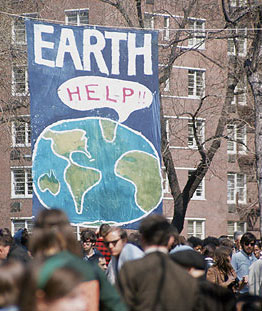


Embed this infographic on your website

